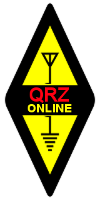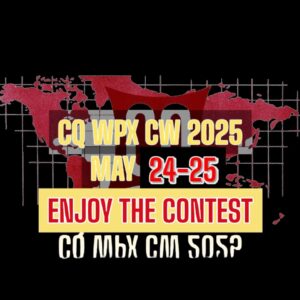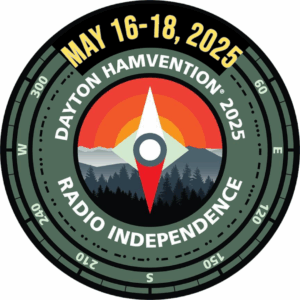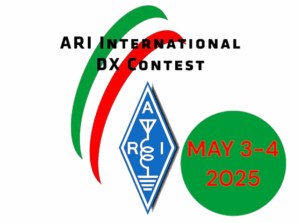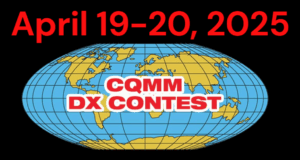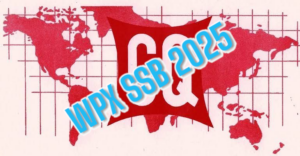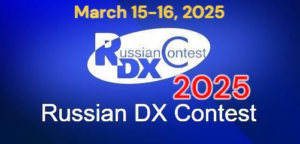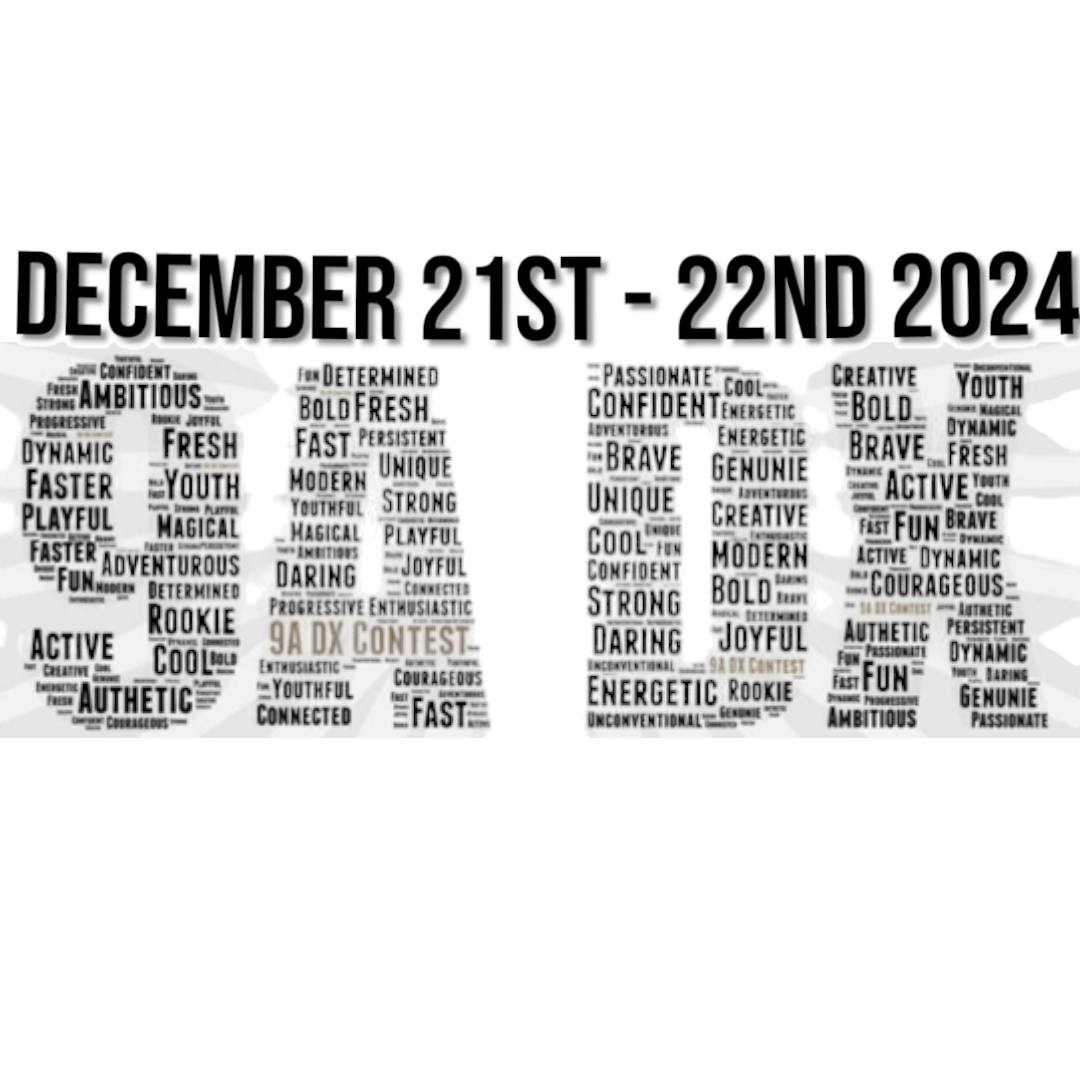
RULES:
- Organizer:
Croatian Amateur Radio Association (HRS).
Name of the contest: 9A DX Contest (or longer Croatian DX Contest). - Scope and objectives:
To increase competitiveness and performance levels of 9A amateur radio operators, with aim to promote its young amateurs and attract new ones, within the context of an open competition with international performers – it is a worldwide competition: everybody can work everybody. - Date and time:
The contest is to be held 3rd full weekend in December from 1400 UTC on Saturday until 13:59 UTC on Sunday.
In the year 2024 Croatian DX Contest will be held on the 21st and 22nd of December. - Modes and bands:
160, 80, 40, 20, 15 and 10 meters amateur radio bands on both CW and SSB modes.
It is necessary to observe IARU band plan. - Categories:
CROATIAN STATIONS:
- A01 – Single Operator All Bands, Mixed, High Power
- A02 – Single Operator All Bands, Mixed, Low Power
- A03 – Single Operator All Bands, Mixed, QRP
- A04 – Single Operator All Bands, CW, High Power
- A05 – Single Operator All Bands, CW, Low Power
- A06 – Single Operator All Bands, SSB, High Power
- A07 – Single Operator All Bands, SSB, Low Power
- A08 – Single Operator, Single Band, Mixed, High Power
- A09 – Single Operator, Two Bands, Mixed, High Power
- A10 – Multi Operator Single Transmitter, Mixed, High Power
INTERNATIONAL STATIONS:
- B01 – Single Operator All Bands, Mixed, High Power
- B02 – Single Operator All Bands, Mixed, Low Power
- B03 – Single Operator All Bands, Mixed, QRP
- B04 – Single Operator All Bands, CW, High Power
- B05 – Single Operator All Bands, CW, Low Power
- B06 – Single Operator All Bands, SSB, High Power
- B07 – Single Operator All Bands, SSB, Low Power
- B08 – Single Operator, Single Band, Mixed, High Power
- B09 – Single Operator, Two Bands, Mixed, High Power
- B10 – Multi Operator Single Transmitter, Mixed, High Power
Single Operator Overlay Categories:
Any Single Operator entrant who meets the requirements may ALSO enter one of the categories shown below by adding the appropriate CATEGORY-OVERLAY line in the Cabrillo log file header:
- YOUTH – for participants under the age of 26 at start of the Croatian DX contest
Youth overlay category listing is made from final score of any single operator category (A01 to A09 or B01 to B09).
Overlay category entries will be listed separately in the results for Croatian and International (DX) stations.
Entrants in Single Operator All Bands, Single Operator Single Band, and Single Operator Two Bands are permitted to transmit only one signal at any time. There is no limit to the number or period of band changes.
For Single Operator All Bands – total output power must not exceed 5 watts for QRP and 100 watts for Low Power categories. All other categories are limited to a maximum of 1500 watts or maximum output power issued in their license, whichever is less.
Single-band entrants must include all contacts made during the contest period, even if on other bands. Only contacts made on the band specified in the Cabrillo header will be considered for scoring purposes. Logs with contacts only on one band will be classified as single-band entries, and logs with contacts only on two bands will be classified as two-band entries.
Single Operator Two Bands is a brand new category most unlikely to be found currently in other international contests – entrants in this category choose the combination of two bands that will sum up to final scoring – to ensure better rates during the night hours where in this scale contest we expect to have longer periods of CQ on the band without callers it is obligatory that at least one selected band is 160, 80 or 40m band for the two band combination for European stations, stations from other continents may choose any two band combination.
Logs with contacts only on two band from European or 9A stations will not be classified as Single Operator Two Bands if one band in the log is not 160, 80 or 40m – they will be moved to Single Operator All Bands Mixed High Power category (A01 or B01).
The minimum time of operation on one band for multi-op. stations is 10 minutes, though a quick band change in order to work a new multiplier is allowed (only one other band is allowed for 10 minute period for multiplier station too). Only one transmitted signal on one band on any mode permitted during any 10-minute period (RUN transmitter). There is no limit of number or period of mode changes.
Exception: One — and only one — other transmitted signal (MULT – multiplier transmitter) may be used during any 10-minute period, if — and only if — it is on a different band from the run transmitter and the station worked is a new multiplier. The run and multiplier transmitters are governed by independent 10-minute rules. Ten-minute periods begin with the first QSO on a band. The log must indicate which transmitter (RUN or MULT) made each QSO. The multiplier transmitter may not call CQ (solicit contacts).
- Exchange :
For International stations – RS(T) + ITU Zone.
For Croatian stations – RS(T) + license plate county abbreviations
The license plates abbreviations in Croatia are the following:

- Points
For stations from 9A:
- QSOs between 9A stations on any band/mode count one (1) point regardless of band
- QSOs with stations from Europe on 160/80 M are worth 4 points
- QSOs with stations from Europe on 40/20/15/10 M are worth 2 points
- QSOs with stations outside Europe on 160/80 M are worth 10 points
- QSOs with stations outside Europe on 40 M are worth 8 points
- QSOs with stations outside Europe on 20/15/10 M are worth 6 points
For stations outside 9A:
- QSO with 9A station on 160 / 80 / 40M are worth 10 points
- QSO with 9A station on 20 / 15 / 10M are worth 6 points
- QSO with stations on another continent on 160 / 80 / 40M are worth 6 points
- QSO with stations on another continent on 20 / 15 / 10M are worth 3 points
- QSO with a station in own continent, including entrant’s own country on 160/80/40M are counted 2 points
- QSO with station in own continent, including entrant’s own country on 20/15/10M are counted 1 point
For all entrants, QSO points made from the QSOs between 23:00 UTC on Saturday and 04:59 UTC on Sunday are increased by 2 for each QSO made in that period.
- Multipliers:
For DX stations:
- ITU Zones on each band and mode
- license plate abbreviations from the list on each band and mode
For 9A stations:
- ITU Zones on each band and mode
- countries listed on DXCC and WAE lists, on each band and mode.For 9A stations working 9A stations, license plate abbreviations are not counted as multipliers (only DXCC/ITU zone counted for 1st QSO on band/mode).
- Final score:
The sum of QSO points from all bands multiplied with the sum of all multipliers. - SWL:
There is a common category for SWLs from both 9A and SWLs outside 9A.Scoring is calculated as a sum of total points multiplied by a number of total multipliers – single point (1) s counted for each station once per band and mode. SWL Log must contain exchange and callsigns of both stations in QSO. Multipliers are the same as for stations outside of 9A. - LOGs:
Only electronic logs are accepted – Please upload your log on the contest robot at http://www.hamradio.hr/hfrobot .
Your LOG must be in Cabrillo file. Please name your file: yourcall.log.
The contest programs that support this contest are DXLog.net, N1MM, Win-Test & others.
The log must show the exact frequency for each contact, logs where only band information is entered but not the exact frequency (as retrieved from CAT control) will not be eligible to be a winner.The log deadline time is 8 days after the contest end. In every category of the contest, the stations willing to win their categories must submit their logs individually to the contest robot within one (1) hour after the end of the contest (14:59 UTC on Sunday); only these stations will be eligible for the victory and prizes.If the first station in the classification did not send his log before the deadline to be eligible
for the victory (1 hour), then the first station which sent his log within the 1 hour deadline
will be the winner.
- STATION & OPERATING:
The entrants must operate within the letter and spirit of the contest. Entrants must operate according to the license conditions of the country where the station resides.
Stations operating under special high power licenses or exceeding 1500 watts of output power can only enter the Check Log.
All stations are allowed to use the spots from DX Cluster, CW skimmer or Reverse Beacon Network, and any other technology for QSO finding assistance.
Self-spotting is allowed only on SSB mode Self spotting is not allowed in CW mode as it’s not needed due to the presence of the Reverse Beacon Network of CW Skimmers.Stations may ask other stations to spot them, and also the use of online and other non-amateur radio platforms including but not limited to social media, live video streaming, and internet chat rooms is allowed and encouraged for announcing frequency and operating mode, but strictly forbidden any exchange needed to complete a QSO.Station must operate from the same location throughout the contest time – all transmitters, receivers, and amplifiers must be within a 500-meter diameter circle.All the antennas used by each participant must be physically connected via cables with the transmitters and receivers.Remote operation is permitted if the physical location of all transmitters, receivers, and antennas is at one single location as described above. A remotely operated station must obey all station licenses, operator licenses, and category limitations. The call sign used must be one issued or permitted by the Regulatory Authority of the station location.Remote receivers including Web SDR and similar outside the station location are not permitted.
- AWARDS:
All entrants will be able to download their electronic certificates after the final results at https://hamradio.hr/hfrobot/For other winners a printed diploma will be issued.
Plaques will be issued to winners of categories Single Operator All Bands, Single Operator Two Bands, Multi Operator Single Transmitter and for YOUTH overlay (if more than 1 entry is found in overlay). For other categories a printed diploma will be issued.
- JUDGING:
The 9A DX Contest judging is done by 9A HF Committee. Committee is responsible for checking and adjudicating the contest entries. Entrants are expected to follow the rules and best amateur radio practices. Violation of the rules of the contest or unsportsmanlike conduct may lead to disciplinary action by the Committee.
Log Checking & Penalty:
All logs are checked using custom software and human judgment. - Duplicate contacts are removed with no additional penalty.
- Contacts with an incorrectly received exchange or logged as wrong mode are removed with no additional penalty.
- Call sign errors (bust) or call signs not in the other log (NIL) are removed and receive a penalty of 30 QSO points.All judging and decisions made by Committee are final after the 8 days after publication of contest scores, a period which marks the end of period for complains about judging. Complains must be followed by evidences of rules missuse.
Enjoy the contest !
GL and Good DX !
